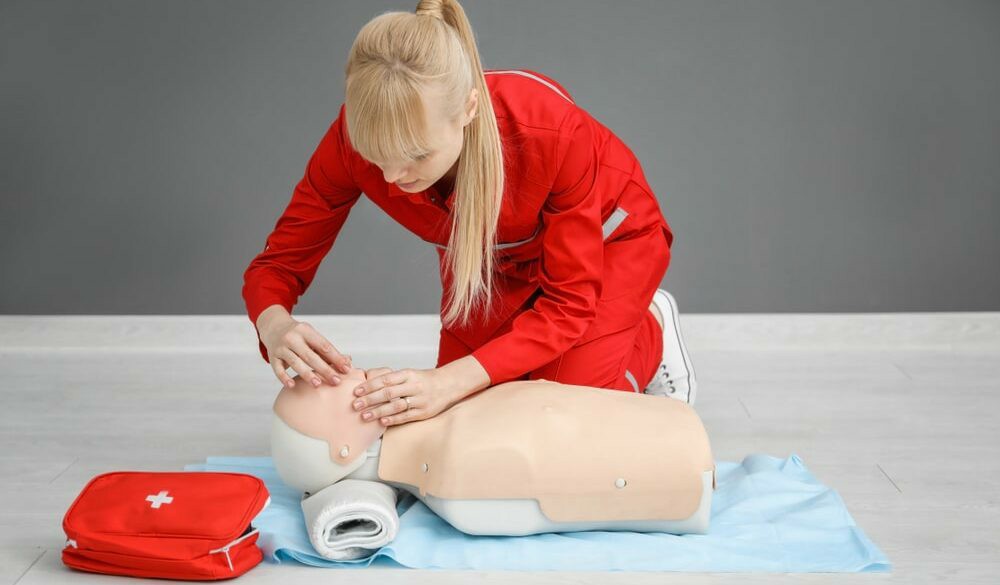


 349,500 Offered Certificates
349,500 Offered Certificates
 24/7 Online Training
24/7 Online Training
 Money Back Guarantee
Money Back Guarantee
 Fully Accredited Courses
Fully Accredited Courses

Created at: 25-02-2025 16:22
In today's fast-paced work environment, ensuring the safety and well-being of employees is paramount. Emergencies can strike at any moment, making it essential for organizations to equip their staff with the necessary skills to respond effectively. This is where First Aid and CPR training comes into play. In this blog post, we'll explore the importance and benefits of these programs in enhancing workplace safety, emergency preparedness, and compliance with health regulations.
First Aid training equips employees with the knowledge and skills to respond promptly in emergency situations. From minor injuries to life-threatening events, trained personnel can significantly reduce the time it takes to receive medical help, ultimately saving lives. With CPR Techniques forming a crucial part of this training, employees will be prepared to perform lifesaving procedures during cardiac emergencies.
Cardiopulmonary resuscitation (CPR) is one of the most vital components of first aid training. Understanding the fundamental CPR techniques can make a crucial difference when someone experiences a cardiac event. Key practices include:
Health regulations mandate that certain workplaces maintain a specific number of trained first responders. Compliance not only avoids legal repercussions but also demonstrates a commitment to employee welfare. By completing a First Aid Course or obtaining First Aid Certification, organizations can effectively meet industry standards and regulations, ensuring a safer environment for all.
Having a robust emergency action plan is vital for every workplace. After CPR certification, employees should be trained on:
Choosing the right First Aid training program is critical to ensuring it meets your team’s needs. Consider the following:
With technological advancements, many organizations are opting for online First Aid courses. Here are the pros and cons of each format:
Investing in First Aid and CPR training is a crucial step toward ensuring a safe and compliant workplace. By empowering employees with essential emergency response skills, organizations not only meet legal requirements but also cultivate a culture of safety. Don’t wait for an emergency to invest in the safety of your team. Explore our First Aid training courses today and empower your workforce!
For more information or inquiries about our programs, feel free to reach out at [email protected].